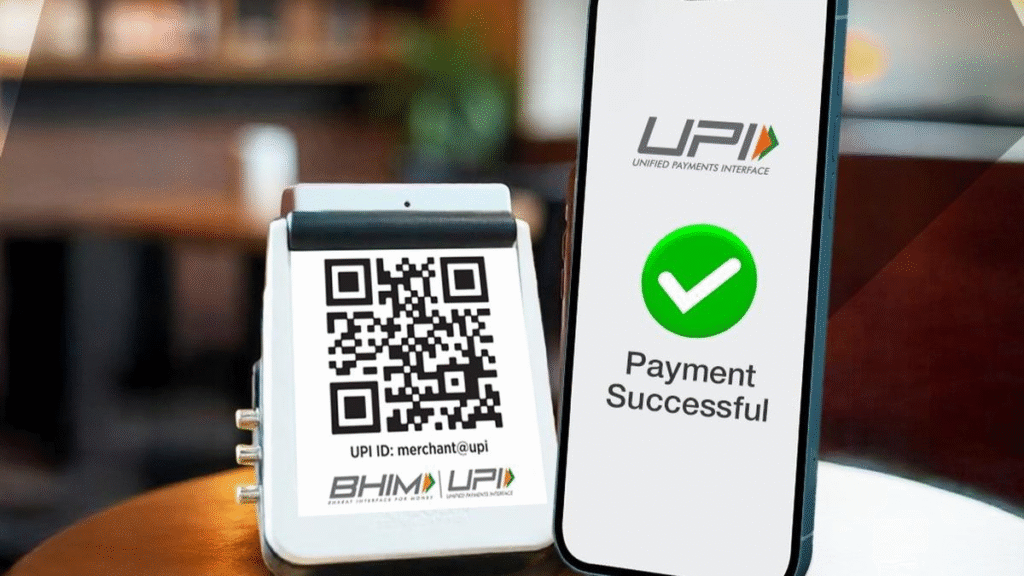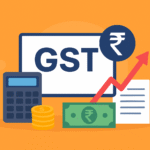India’s journey towards a digital economy has transformed the way business is done — especially for small traders. In Karnataka, a major development is drawing attention: the increasing number of GST notices being issued to small businesses, primarily due to UPI transaction tracking and digital payment monitoring. These notices, though legal, have sparked confusion, protests, and rising concerns about the survival of local businesses.
Table of Contents
Why Are GST Notices Being Sent?
Over the past few months, small shop owners, street vendors, and service providers have received unexpected notices from the GST department. These notices are primarily based on discrepancies between reported income and digital transaction volumes, especially from UPI payments like PhonePe, Google Pay, Paytm, and others.
The Goods and Services Tax (GST) system is designed to ensure transparency and proper tax collection. However, with UPI becoming a dominant payment mode, many traders who were previously operating in a cash-only model are now under the scanner. As they shift to digital payments, every transaction leaves a trace — and authorities are using these records to verify income declarations.

Why Is This Impacting Small Traders So Heavily?
Small traders, especially in semi-urban and rural Karnataka, have been vocal about how they were never trained or informed about how UPI transactions would be evaluated under GST rules. Many believed UPI was just another form of payment — not a formal record that could lead to tax scrutiny.
For example, a fruit vendor in Hubballi who makes ₹3,000–₹5,000 a day may now receive a notice if their yearly UPI income adds up to more than ₹5–6 lakh and isn’t matched with tax filings. Without proper documentation or GST registration, they risk facing penalties.
Protests and Public Backlash
The rise in GST notices has led to protests across towns in Karnataka including Mysuru, Tumakuru, Hassan, and parts of North Karnataka. Traders’ associations claim they were never made aware of these risks and feel unfairly targeted.
Several protests have been peaceful, involving symbolic closures of shops for a few hours. However, many small business owners now fear accepting digital payments due to the risk of misinterpretation by tax authorities.
Is UPI Really the Problem?
UPI itself isn’t the issue — lack of education and clear policies is. UPI was introduced to promote cashless transactions and boost transparency, but many micro-entrepreneurs still operate informally. When these informal earnings are suddenly measured against formal tax systems, it leads to panic and non-compliance.
The Karnataka government, in coordination with the GST Council, has promised to look into the matter and possibly offer guidelines or leniency for small-scale earners who were not previously in the tax net.
READ ALSO : Vivo T4X Review: The Budget King of 2025?

How Can Small Traders Prepare?
Here’s how small traders can avoid legal troubles while continuing to grow:
- Register for GST if their income crosses the threshold (₹20 lakh annually for services, ₹40 lakh for goods).
- Keep digital and manual records of income and expenses.
- Consult local tax experts to understand their obligations.
- Use accounting apps designed for small businesses like Khatabook or Vyapar.
- Join awareness programs organized by trade associations or GST offices.
The Road Ahead
India’s push towards digitalization is inevitable. But unless small businesses are supported with education, simplified tax systems, and protective policies, they may become the unintended victims of a well-meaning reform.
In Karnataka, the issue is especially sensitive due to the high number of micro-entrepreneurs and self-employed youth. The government needs to balance digital growth with ground-level realities to avoid disrupting local economies.











One thought on “UPI to Trouble? The Real Impact of GST Notices on Karnataka’s Traders”